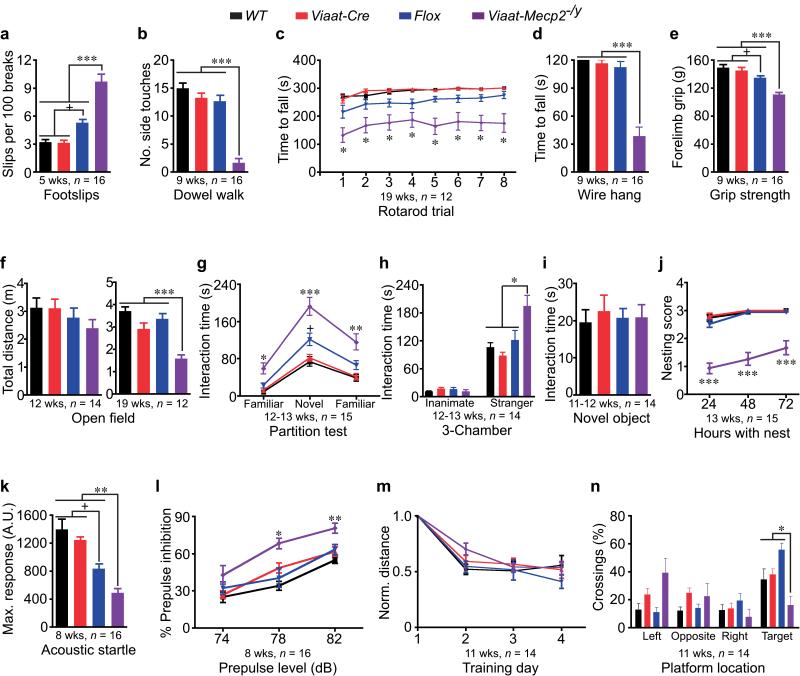Figure 2. MeCP2 deficiency in GABAergic neurons causes several RTT-like features.
(a-f) Viaat-Mecp2−/y mice have more footslips (a), reduced number of side touches on dowel (b), shorter latency to fall on rotarod (c) and wire (d), reduced forelimb grip strength (e), and pronounced hypoactivity (f). (g) Viaat-Mecp2−/y mice have intact social recognition but increased social interaction with novel and familiar partners. (h) Viaat-Mecp2−/y mice spend 60% more time interacting with the unfamiliar stranger mouse than controls. The wire cup served as a familiar inanimate control without social valence. (i) Viaat-Mecp2−/y mice exhibit similar interaction time with a novel inanimate Lego™ object compared to controls. (j) Viaat-Mecp2−/y mice are poor nest-builders. (k,l) Viaat-Mecp2−/y mice show impaired maximum ASR to 120 dB (k) and increased PPI at 78 and 82 dB prepulses (l). (m,n) Viaat-Mecp2−/y mice have similar learning rate during training (m) but reduced crossings over the target platform location during the probe test (n).

